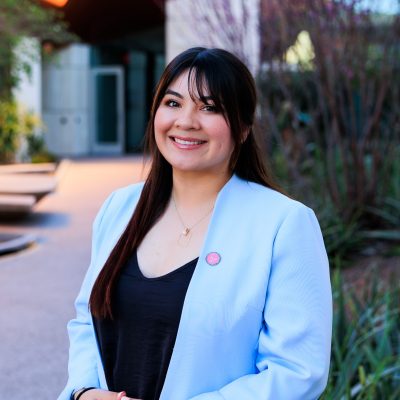Barrow Grand Ball Boosts Neurological Programs
The Barrow Grand Ball doesn’t feel like the typical charity event. Guests aren’t asked to bid on auction items or to buy raffle tickets. Yet this black-tie event, which is presented each year by the Women’s Board of Barrow Neurological Foundation, has consistently raised around $2 million in recent years, making it one of Arizona’s most successful charity events. In all, the Women’s Board has contributed $43 million to St. Joseph’s Barrow Neurological Institute, earning the group recognition as Barrow’s biggest benefactor.
What makes the ball work so well is the dedication of the women behind it. “Once you get involved on the Women’s Board and learn all about Barrow, raising money for the institute becomes a passion,” says Robyn DeBell, co-chair of the 2013 ball. “You realize that being able to support research at Barrow is a valuable contribution to our community.”
Ball guests give to dozens of Barrow programs and projects each year, ranging from head-injury prevention to aneurysm research. In addition, the ball co-chairs meet with Robert Spetzler, M.D., director of the institute, to select one project for special funding and recognition through the ball. This funding priority is called the Women’s Board Project.
“Being selected the Women’s Board Project not only gives a program increased funding, but also heightened visibility,” says Kathy Kramer, president and CEO of Barrow Neurological Foundation. “It can really provide a boost, especially for a new program.”
The three most recent Women’s Board Projects:
A New Hope for Alzheimer’s, 2013 Barrow Grand Ball. This year’s Women’s Board Project supports research being conducted by Barrow neurosurgeon Francisco Ponce, M.D., into a promising new treatment for Alzheimer’s disease. The treatment is called deep brain stimulation (DBS), and it has proven beneficial for many people with difficult-to-treat Parkinson’s disease. DBS involves implanting a brain pacemaker that sends electrical pulses into a specific area of the brain associated with a disease. Initial research conducted in Toronto found that electrical stimulation of the brain’s fornix improved cognition, memory and quality of life for patients with early-stage Alzheimer’s.
Barrow Center for Neuromodulation, 2012 Barrow Grand Ball. The Barrow Center for Neuromodulation, a legacy project of Dr. Spetzler, opened in 2011 to explore and expand the use of new therapies that improve or restore function by correcting electrical or chemical abnormalities in the brain. The center’s goal is to offer new hope and help to patients struggling with a wide variety of neurological disorders, including epilepsy, Alzheimer’s disease, traumatic brain injury and bipolar disorder. Francisco Ponce, M.D., is director of the center.
Michael Melczer Memorial Fund, 2011 Barrow Grand Ball. The Women’s Board chose this project in memory of ball co-chair Angela Melczer’s son, who died of a glioblastoma. Funds raised for the project supported the Barrow Brain Tumor Research Center (BBTRC), a legacy project of Dr. Spetzler. The BBTRC is dedicated to conducting bench-to-bedside research that will improve treatments for brain tumors and ultimately find a cure. Nader Sanai, M.D., is the director of the BBTRC.
“We are really excited about this year’s project,” says Cindy Watts, co-chair of the ball. “All of us on the Women’s Board know someone who has been affected by Alzheimer’s disease. And if we’re all going to live into our 90s, we need to find a cure for this dreadful disease.”
Photo: At top, Robert Spetzler, M.D. Bottom left, Francisco Ponce, M.D. Bottom right, Nader Sanai, M.D.






